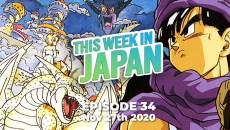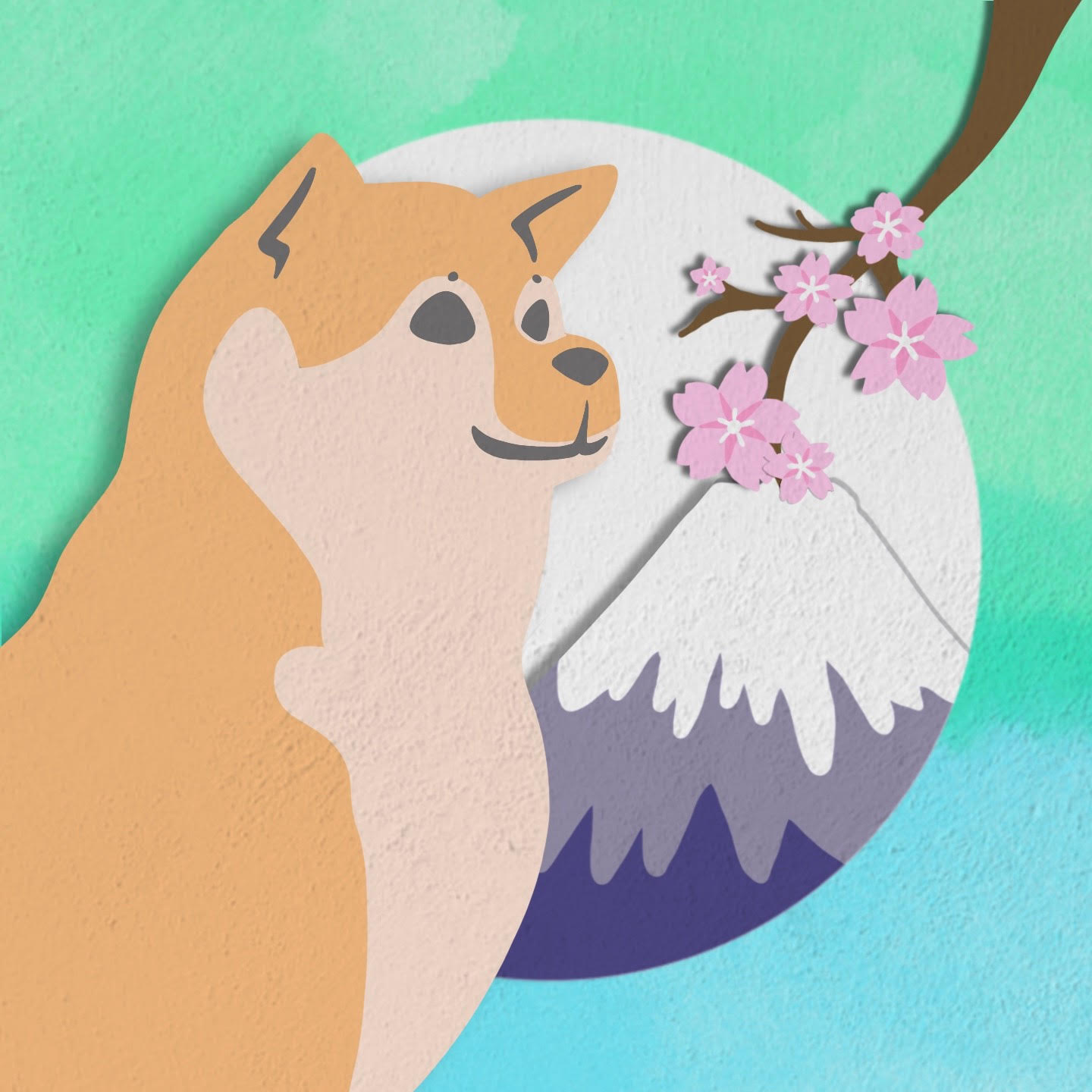This week we discuss the prime minister’s first day off in 148 days as well as some tips to make wearing a mask easier, square watermelons, and much more!
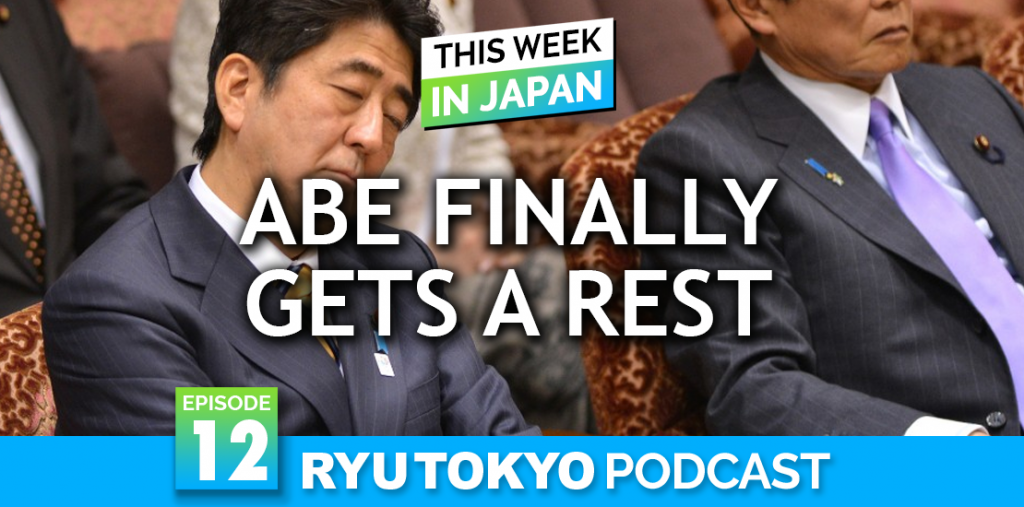
1. Prime Minister Abe Shinzo Takes his First Day Off in Over 148 Days
From a state of emergency to 10 man subsidies and political drama, is it safe to say the Prime Minister Abe Shinzo has had a busy year. So busy in fact, that he has not taken a day off since January 25th. During an internet TV program, the prime minister revealed himself that he had not taken a holiday in over 5 months. On June 21st, the prime minister took his first day off in 148 days.
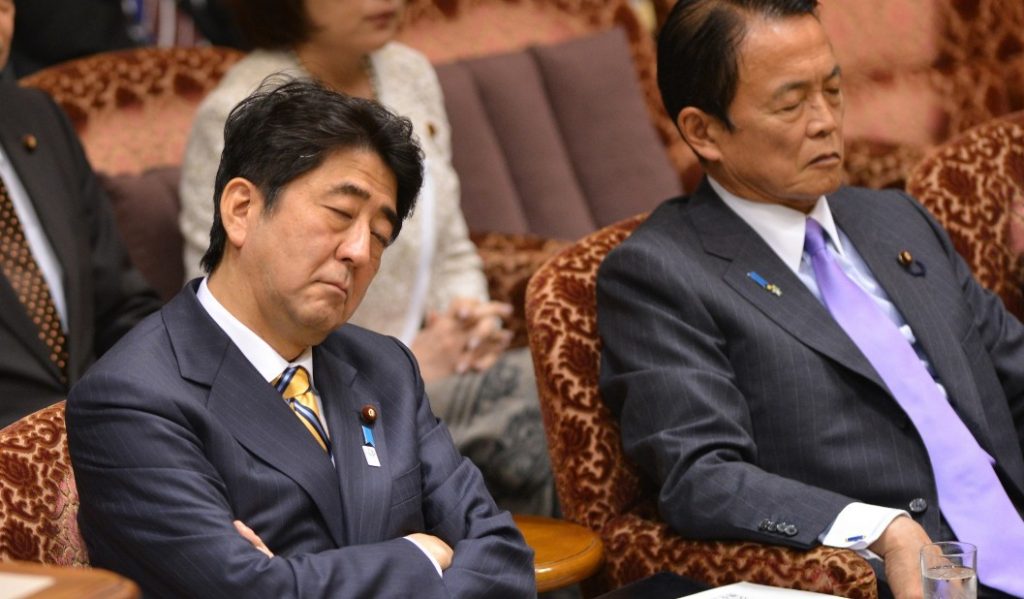
Sacrificing one’s time or salary during difficult situations is a popular trait in the Japanese business world. For example, the director of Nintendo Satoru Iwata cut his salary by half following poor sales of the Wii U. Many people see Abe’s lack of a day off as a response to the current state of the world and Japan with Corona. Taking a day off while people are losing their lives and jobs could be seen negatively. However, many were quick to criticize the prime minister’s public announcement. Across the web, comments were hurled at Abe. One comment read, “Take a good rest, and then please give me another 100,000 yen.” Another said, “Don’t turn this kind of thing into the news.” Finally, one made a point by saying, “If the prime minister is doing this, it makes work reform impossible. If the top doesn’t rest, then, of course, his subordinates can’t either.”
2. Face Mask Causing Some Troubles
Whether we like wearing them or not, the reality is that face masks will be sticking around for our foreseeable future. With more people wearing masks more frequently than ever, the discomforts that can come with them are also on the rise, in particular ear pain. Many masks have a thin string that goes behind the ear when being worn. After long periods of time this string can dig into the ear, causing discomfort, redness, and even bleeding and rashes in some cases. Doctor Hirata, who specializes in skincare, has some suggestions to treat your ears. One is to prep the ears themselves. This can involve something like lightly applying an ointment or cream to the ear before or after wearing a mask. This will moisturize the skin and reduce the risk of a rash forming. Another suggestion she makes comes when putting the mask on.
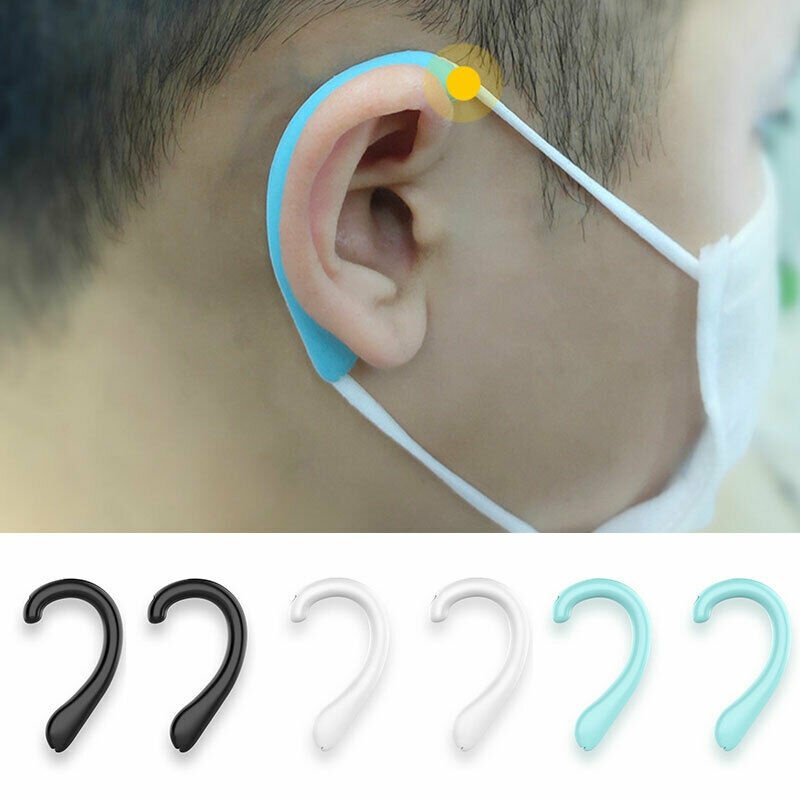
While most people know that masks bend around your nose, Doctor Hirata advises to tightly pinch the mask in the middle and fan out the sides of the mask. This will make the string`s distance to the ears shorter, reducing the amount of pressure pulling on the ears and also allowing for more support by the part that is held up by the nose. Finally, Doctor Hirata offers one final saving grace should all other methods fail: mask attachments. Several types of mask add-ons to reduce tension have recently become popular. An example is a soft plastic piece that goes between the wearer`s ear and the mask string to reduce the pain. Another add-on takes the ears entirely out of the equation by allowing the strings of the mask to be connected behind the head instead of to the ears.
3. An Ordinance Will Ban Walking While on Your Smartphone
A recent ordinance passed in the town of Yamato will prohibit citizens from walking while looking at their smartphones. This is the first ordinance of its kind to be implemented in Japan. While there will be no actual punishment for doing this, the town hopes that it will help people to realize to stop walking before looking down at their phones. Cases where someone was walking while using their smartphone, called aruki sumaho in Japanese, have led to countless accidents and put people at increased risks. One survey found that women who often do aruki sumaho are over twice as likely to be a victim of molestation or sexual assault in public places such as on the train or street.
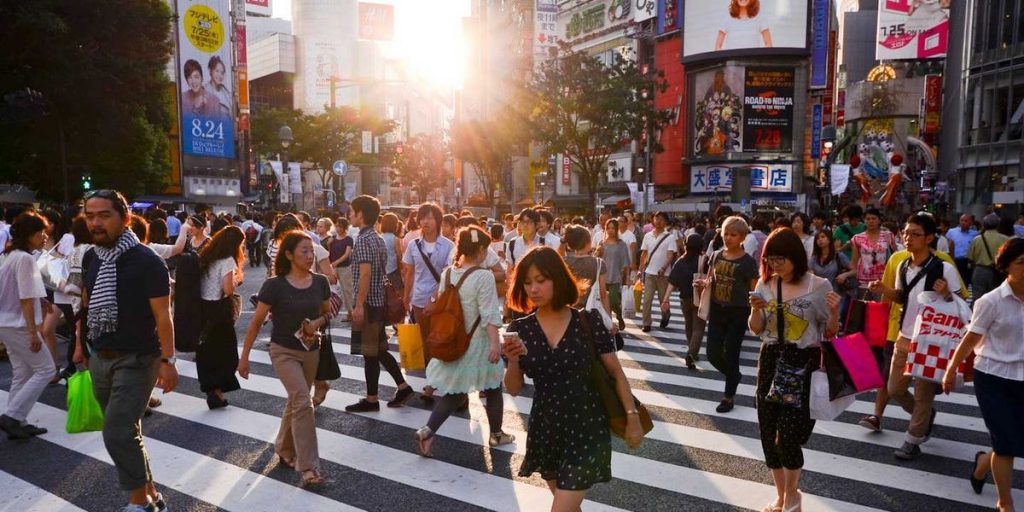
One reason for this is that people can become dangerously unaware of their surroundings while on their phones. This could make realizing you are being secretly filmed by someone or pinpointing a culprit on a packed train more unlikely. One case in July of 2018 saw a middle school student die in a train accident. He was completely immersed in his phone, and fell onto the train tracks. Even with no direct consequence, having an ordinance in place will help bring more awareness to this problem and make people more conscious to not do aruki sumaho. If we compare similar instances such as social distancing and wearing masks, many citizens practiced these habits even though there was no punishment for not doing so.
4. You Can Design a Brand New Kanji
Have you ever wanted to design your very own kanji symbol? The sosaku kanji kontesuto (Original Kanji Contest) is now accepting applications for their annual contest. The contest will give all participants a chance at creating a real Kanji symbol that will become part of the Japanese language. The event is sponsored by Sankei Shimbun newspaper and The Shirakawa Shizuka Institute of East Asian Characters and Culture at Ritsumeikan University. According to the sponsors, foreign nationals and even people outside of Japan are welcomed to submit their unique kanji symbol. Previous winners` kanji can be viewed on their website. Last year’s winner was a 13-year-old middle school student who made a very interesting and relevant kanji which combined the kanji for ocean and dirty to form one symbol meaning ocean pollution.

If etching your name in history and life-long bragging rights weren`t enough to entice you, there are also a myriad of prizes that can be one. The top kanji can win up to 50,000 Yen in gift coupons. Applications will be accepted until September 11th of this year. What new kanji represents these times the best?
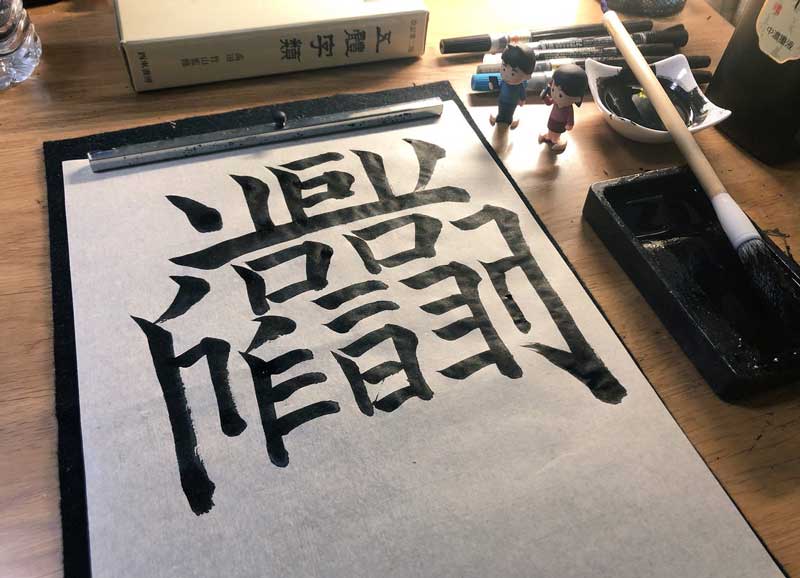
5. Japan’s Square Watermelons are Ready to Ship Out
At long last, the time has come for this year`s square watermelons. Farmers started growing these cubic treats almost 50 years ago as a way to bring attention to the town of Zentsuji in Kagawa Prefecture. The peculiar shape, said to be easier to store and stack, was a huge success and farmers have been continuing to grow them ever since. This year has successfully yielded around 10,000 fruit which began shipment this Wednesday all across Japan. They are grown by placing an unripe melon in a plastic or glass container for about a week and a half. The stack-able melons may certainly be convenient for shipping, but maybe not so much for your wallet. One melon sells for around 10,000 Yen on average, or $93. One farmer hopes that even with the summer heat approaching and Corona, the watermelons will lift people’s spirits.

Hosts of This Week In Japan

Julian Domanski
Born in England, Julian is a writer, videographer & musician living in Tokyo. When he’s not drinking copious amounts of English Tea, he can be found studying Japanese or trying to master the surprisingly complex basics of the Jiuta Shamisen.
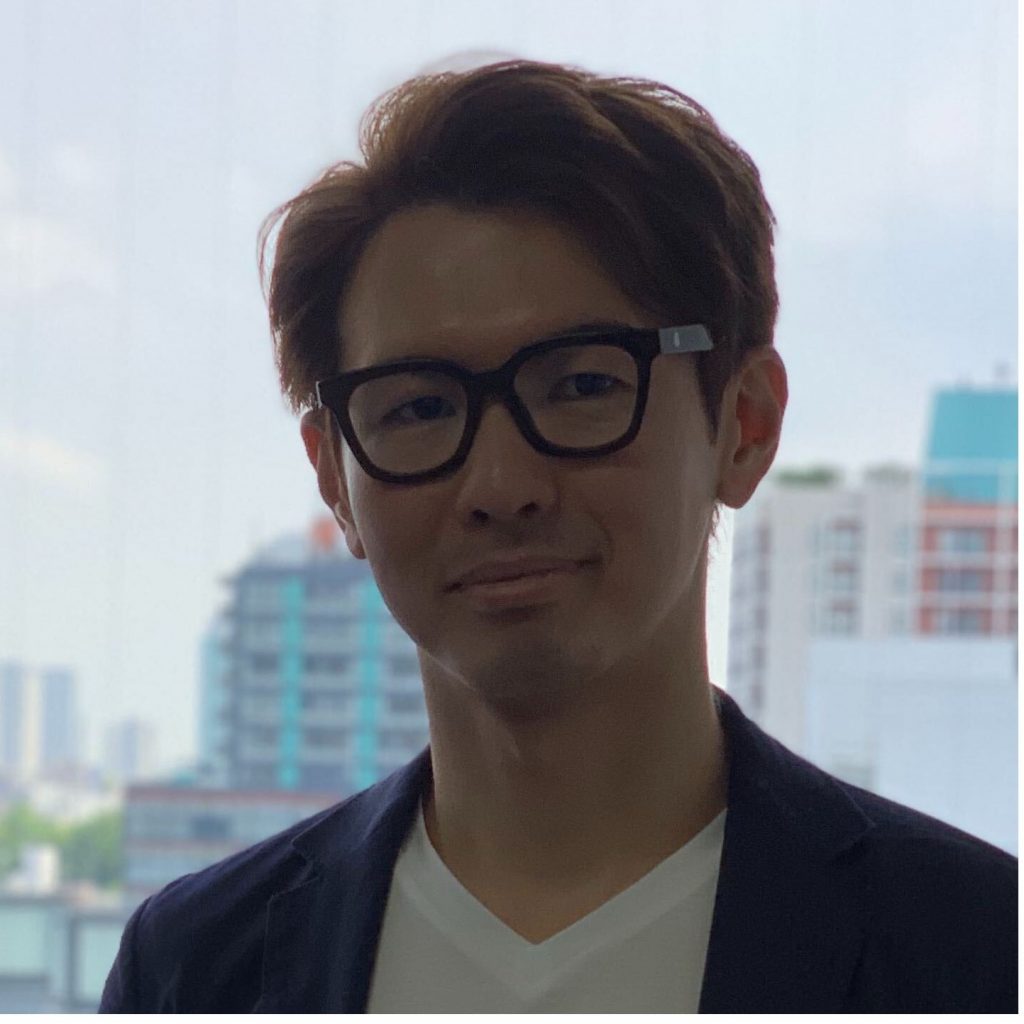
Yasuharu Matsuno
Founder of Japan Insider (Former Ryu Tokyo). Japanese-born entrepreneur. Yasu spent his life around the globe – Japan, Singapore, Switzerland, Australia, and the U.S. He hopes he had more time to play Japanese RPGs. MBA from Columbia University in the City of New York.
Related Articles
This Week in Japan #35 (December 11th)
This week in Japan an unexpected Nintendo item becomes a collectable, Tokyo aims to eliminate gas cars, Demon Slayer wins out over parents, and more big news stories!
This Week in Japan #34 (November 27th)
This week in Japan, the Go-To Travel campaign is suspended, former Nissan Motor chairman Carlos Ghosn’s arrests found “illegal” by U.N. council, and more big news stories!






